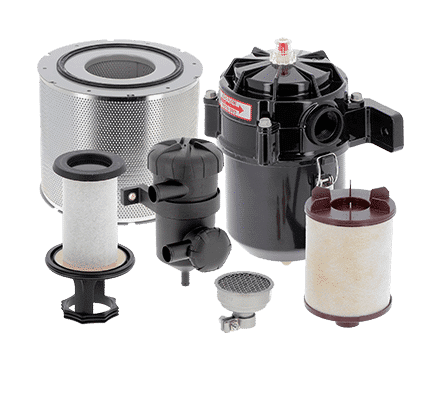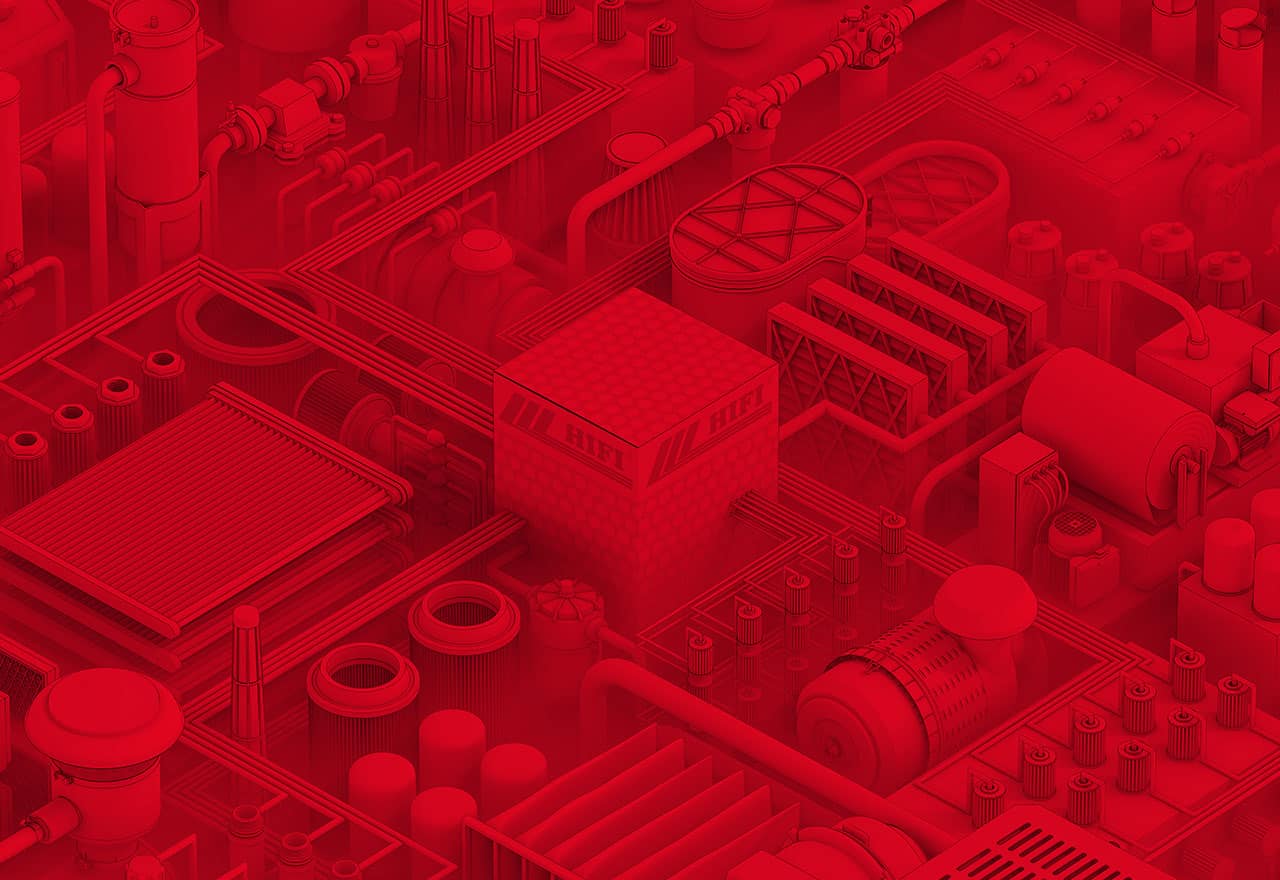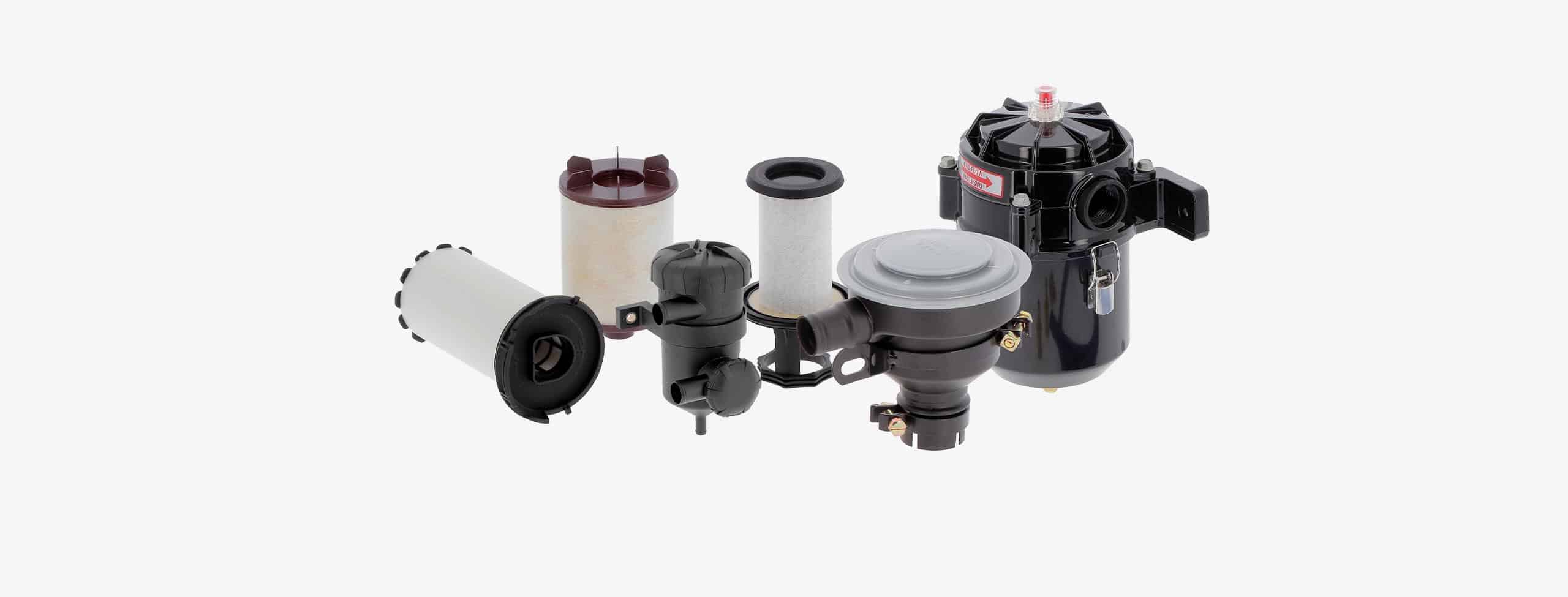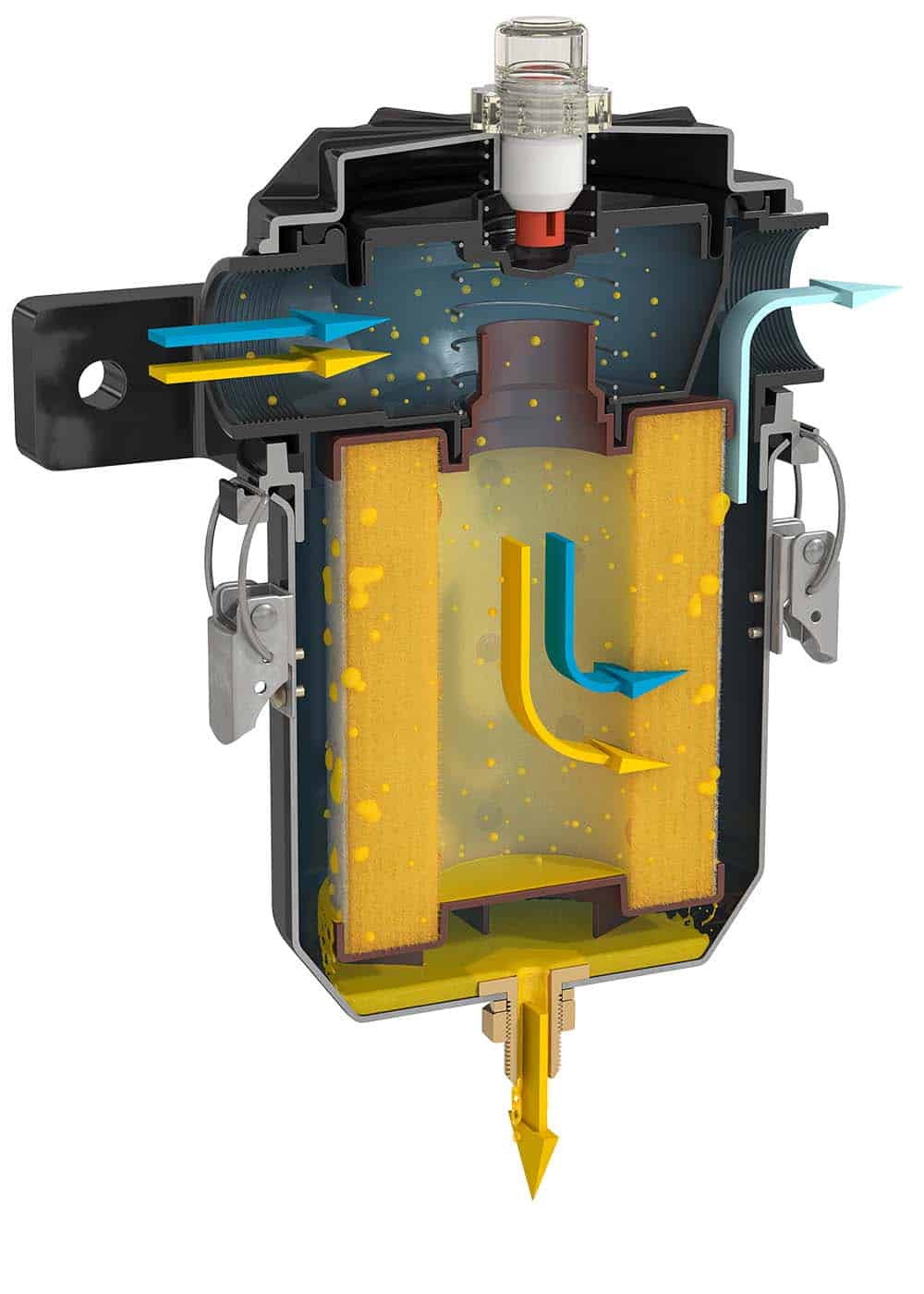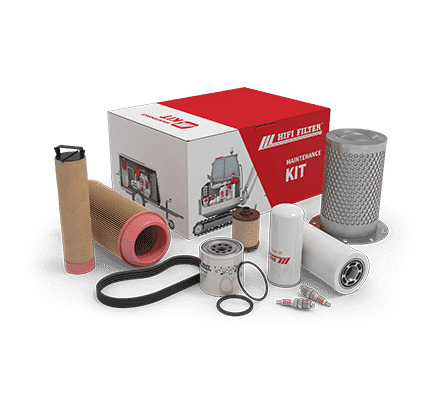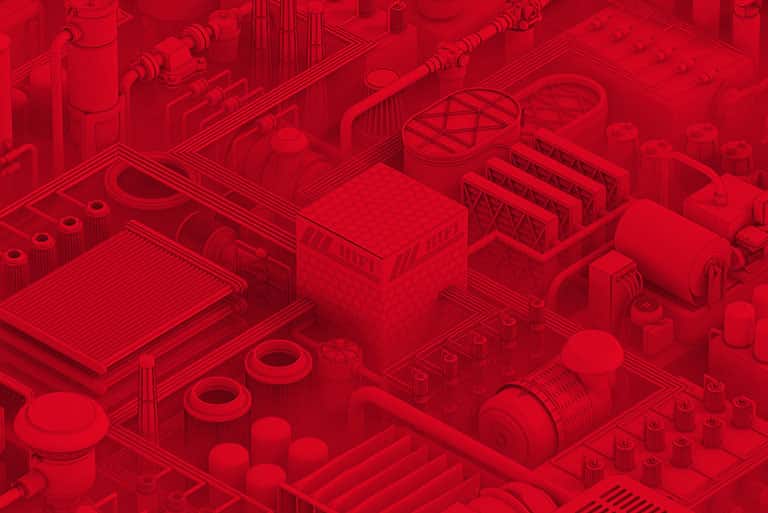Crankcase ventilation
For environmental and public health reasons, emission standards for diesel engines in construction, agricultural, marine and passenger vehicles are becoming increasingly stringent. While modern engines are required to emit cleaner exhaust gases, the same applies to crankcase emissions. These emissions consist mainly of flue gases, which come from small leaks (blow-by) in the piston rings. Once released into the crankcase, these gases become loaded with oil and pose a risk to the engine by generating excessive pressure and contributing to oil consumption. It is therefore essential that the crankcase is well ventilated.
How does the crankcase ventilation work?
In the past, these gases were discharged directly into the ambient air, but today they are returned to the air intake manifold after being filtered. By separating oil particles and impurities from the blow-by gases, the engine breather filter prevents unburnt from mixing with the engine oil and reduces pressure in the crankcase that could damage the seals that seal the lubrication system. The filtered oil from the mist is then returned directly to the crankcase. This closed-loop process reduces emissions and oil consumption in the engine.
